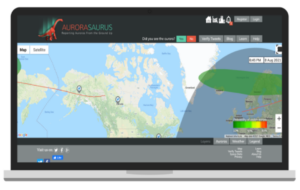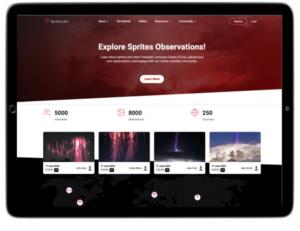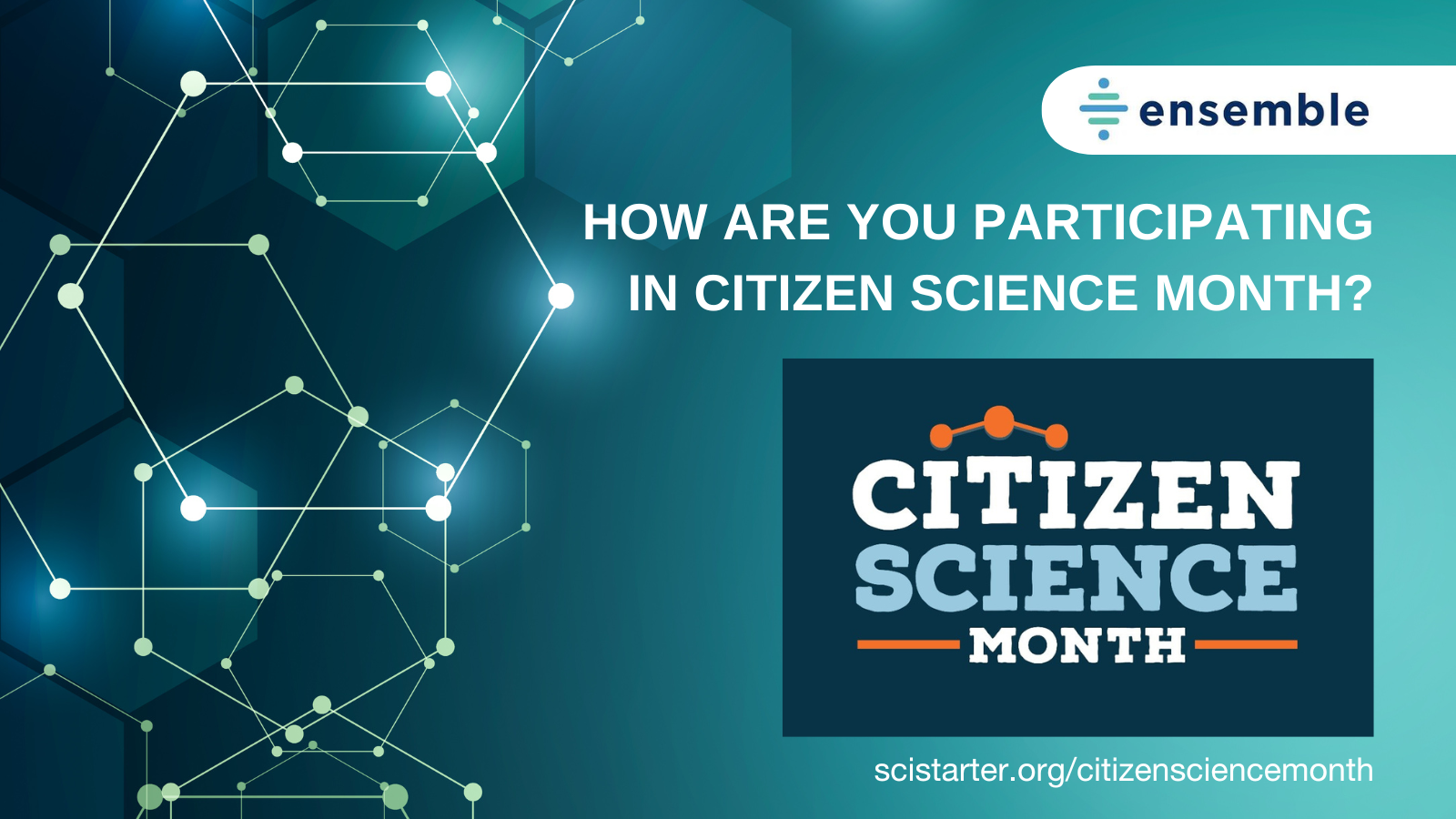Citizen Science Month is a celebration of citizen science and the power of community-based research. Every year in April, people around the world come together to participate in citizen science projects, collect data, and contribute to scientific research. Ensemble is proud to support two impactful citizen science programs and we invite others to join in the celebration of all community-based research efforts advancing research in scientific domains such as aerospace, oceanography, public health, environmental sciences, and geology. The US Federal government’s citizen science program in particular has provided funding and resources that have helped spawn hundreds of citizen science programs that regularly contribute to key federal research and innovation that ultimately drive real societal impacts.
As discussed in the April 2023 paper Agile collaboration: Citizen science as a transdisciplinary approach to heliophysics (Ledvina, et al.), citizen science is growing in popularity in many fields, including heliophysics. One project we support is Aurorasaurus, a citizen science-based platform for observing and reporting the whereabouts of the aurora that collects observations made by the general public to improve the modeling of the aurora. The platform features real-time ability to combine citizen science reporting with auroral oval models to improve auroral visibility nowcasting. Aurorasaurus has tapped into an existing ecosystem of citizen science to build a community that has contributed to the development of data sets and helped bridge the gap between the scientific community and the public. As noted in the paper Agile collaboration, “as heliophysics explores new ways to use technology, collaborative teams, and innovative research methods to solve the field’s biggest questions, citizen science emerges as a versatile way to leverage and connect with the public to drive the field forward.” Aurorasaurus is a great example of how citizen science can contribute to space weather research while also fostering greater interest and engagement with space weather phenomena.

Additionally, Spritacular, a community science project, provides a platform for citizen scientists, veteran sprite capturers, and professional scientists to post, view, and study sprites worldwide. By collecting observations of sprites and other optical phenomena above thunderstorms, Spritacular aims to generate a database that will contribute to the advancement of scientific studies on Transient Luminous Events (TLEs). With its user-friendly interface, up-to-date blog, tutorials, and community-building features, Spritacular is a valuable resource for anyone interested in learning more about sprites.

As Citizen Science Month is celebrated throughout the month, it’s important to recognize the critical role that citizen science plays in advancing scientific research and solving complex problems year-round. Citizen science allows for the collection of large amounts of data from diverse geographic locations and perspectives, engages communities in the scientific process, and fosters scientific literacy and engagement. If you’re a citizen scientist who has co-authored a peer-reviewed publication on NASA research, consider submitting your citizen science profile to inspire others to get involved and contribute to scientific research.







